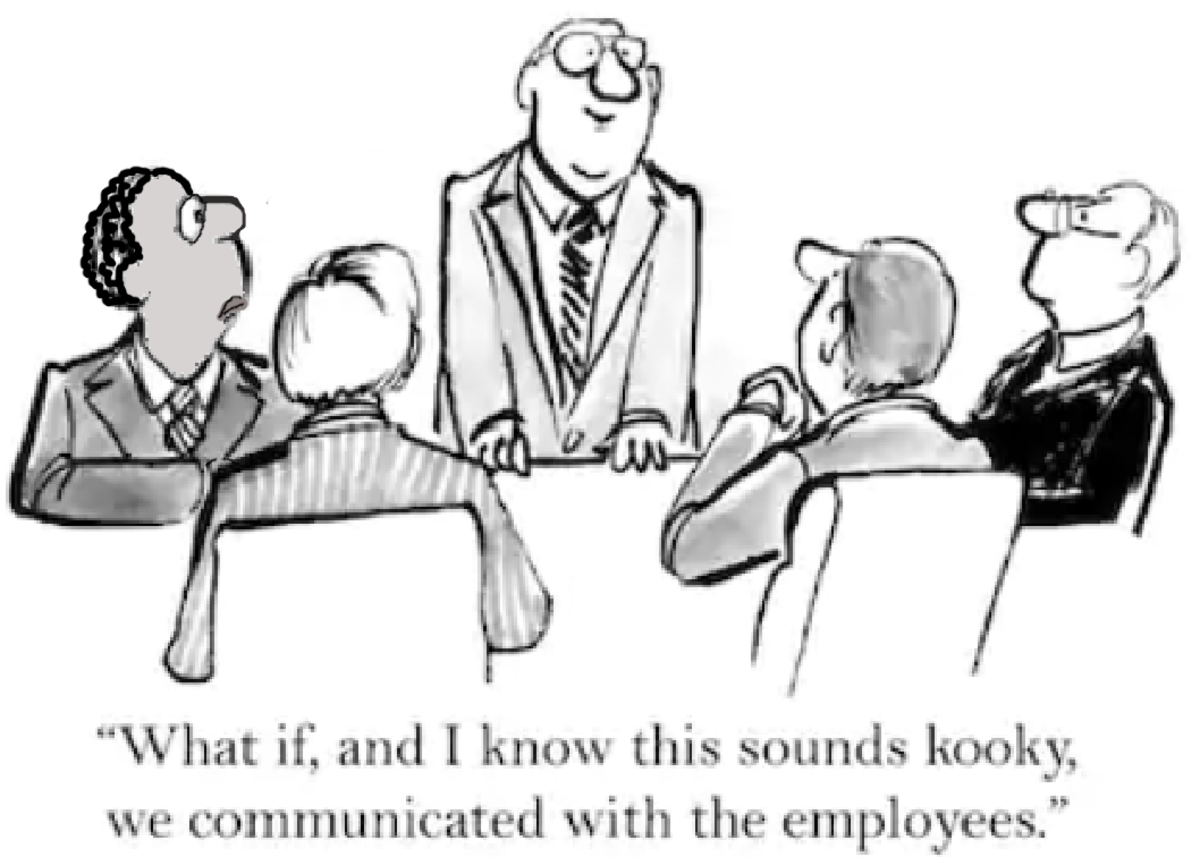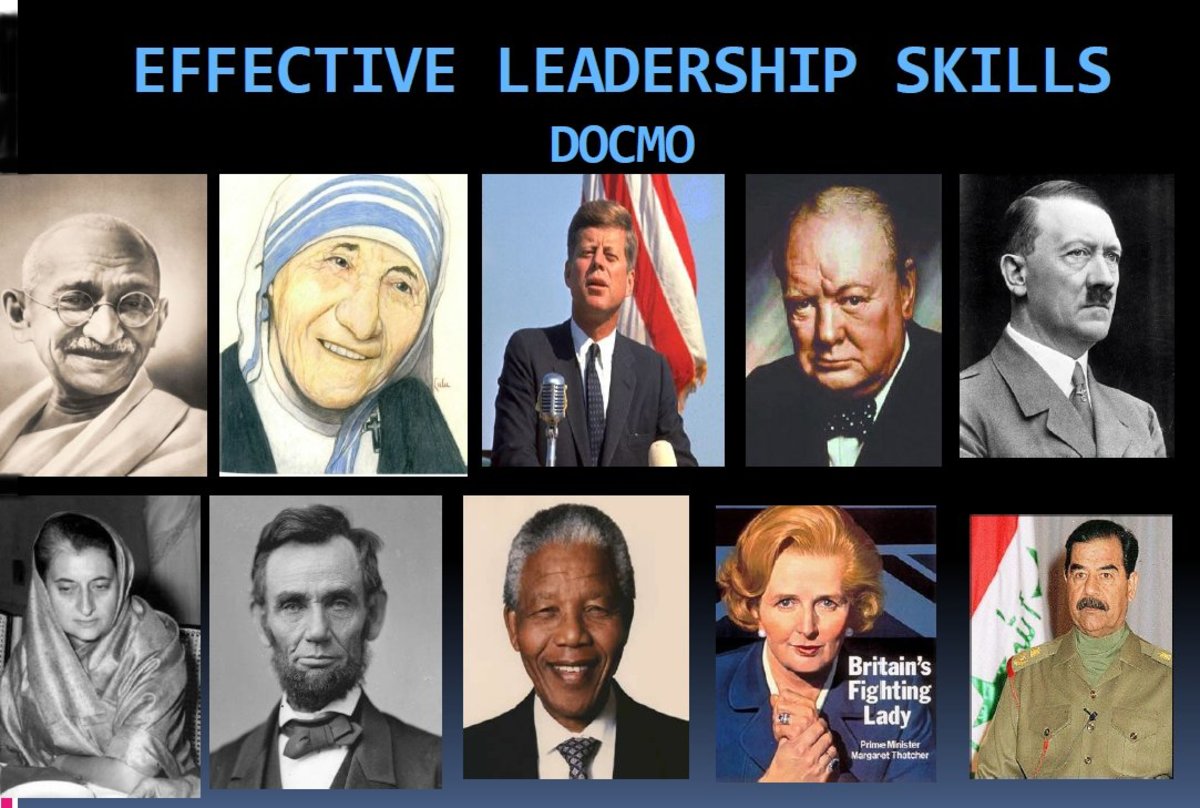Organizational Philosophies and Technology

Day-to-day operations may seem mundane but these operations need guidelines, standards, and ethics. Companies must make these polices known to the employees. Technology provides the optimization of communication to employees throughout an organization. These guidelines set and shape the organizational culture. Technological communication is a proactive and available resource for company information, readily available to the employees of the company, large or small. Human resources responsibilities include this function and others of like description for an organization. Use of technology in human resources tasks and responsibilities can positively connect the organization by creating employees with the information they need to cooperate in the best interest of the organization.
Human Resources
Human resources responsibilities are extensive in an organization. The definition of human resources is the, “formal systems for the management of people within an organization” (Bateman & Snell, 2009, p. 354). The focus of the human resources department is a vital part of the company, which can make or break an organization. Potential employees’ first interaction with an organization is with the human resources department. Human resources personnel and management tasks include, “staffing, training, performance appraisal, rewards, and labor relations” (Bateman & Snell, 2009, p. 354). The department also must maintain the records of organizational personnel, mission, values, strategies, polices, standards, and ethics. The company strategy, mission, and values must fit the people the human resources department hires to execute these strategies as well the people must fit with the strategy of the company. “Human resource professionals need to understand the business strategy of their organizations to anticipate competencies that will fuel future growth” (Glade, 2008, p. 1).
Knowledge Workers
With the amount of information employees must know to fulfill the company mission technology can help with the distribution and reinforcement of this information over the life of the employee with the company. Employees cannot operate within the company without knowing and keeping up-to-date with company ethical standards and guidelines. Chaos and company failure would follow the lack of knowledge and implementation of the company ethical standards and guidelines. The company should make every effort to promote company ethical standards and guidelines to maintain a positive working environment or company culture. Human resources must compile and distribute understandable information to each organizational department. Company information sharing can be through the technology of an intranet. With new technologies companies can also maintain large amounts of valuable and pertinent information with the company walls or with a reliable outside source. Employees are becoming knowledge workers through the use of intranets, Extranets, Internet links, and company information sharing. Even though the organization is to act in sync the technological information distribution through the company mainly encompasses, “executive and managerial personnel, professional and technical knowledge workers, sales and marketing personnel, and administrative support, including clerical” (Regan & O'Connor, 2002, p. 15). These employees who come in direct contact with those they supervise and manage must maintain the cohesive company culture. Each of the knowledge workers act as a switch and funnel for information so the correct information can reach the correct employees. Alleviation of ignorance among the employees furthest from the source helps to create the optimal compliance with company ethical standards and guidelines.
The Aid of Technology
The human resources of an organization are dynamic and requiring technological measures to react to changes. “Human resources are not stable and passive but change over time and are, therefore, difficult to manage” (Devanna, Fombrun & Tichy, 1981, p. 57). Management is searching for new and better ways through technology to overcome human resources recurring changes. Easier ways to train employees are attainable through technological advancements. Technology changes in the workforce to maintain productivity and knowledge also affect more departments in an organization.
More technology means a higher risk for organizations with more employees using the technology requiring a wider encompassing information technology protection and flow policies. “Various products, such as locks, log-on programs, encryption programs, and security access controls, help secure hardware and software resources against unauthorized use” (Regan & O'Connor, 2002, p. 284). Instead of one department of users an organization has every department in the organization to look after and secure. Importance is shifting to detailing and wording polices to include these newer user departments. Management wants to ensure the safeguarding of their networks and protecting the company from not only theft but also punishment of infringing on societal laws. This also introduces corporate social responsibility to the picture. Responsibility for actions involving technology is just as important to a positive organizational culture as professional face-to-face interactions.
Corporate Social Responsibility
Corporate social responsibility is an integral portion of company culture. Polices and guidelines are necessary to safeguard the image and sustainability of company profits. The view the outside population has of an organization is equally important to the organization. Companies must act responsible toward people, the environment, and long-term company impact. Technology can also foster this atmosphere by the use of blogs, multimedia web-based interactive pages, and text alerts a newer form of technology for the workforce and organizations. People with similar interest for social responsibility can form groups, plan projects, and create awareness with technology not limiting the actions to one department of the organization. The use of the Internet by the organization can also offer information to consumers relevant to company involvement in local and worldwide activities to benefit their communities. This can build a bond of trust and commitment not only within the company but also with local population.
Conclusion
The combination of technology with human resources and the principles that guide an organization to a positive company culture can benefit an organization. Once the company defines guidelines and ethics for operations sharing the information with the organization through technological avenues optimizes the knowledge of the employees. Organization of the company through information sharing and collaboration can build company cohesion. Employees will find they are working together for the same purpose and goals instead of against each other. Ensuring the proper use of technology is essential to the organization and protecting information in each department. Tailoring polices so understanding between separate departments and areas of focus in the organizational networks can be equally safe from outside attacks or theft. Create a socially responsible cooperation to ensure the company culture and work environment thrive with the aid of technology while with the aid of technology the company becomes more socially responsible as well. This means employees working together at different levels of the organization because; information is available to maintain a productive and intelligent workforce for the organization.
References
Bateman, T. S., & Snell, S. A. (2009). Management: Leading & Collaborating in a Competitive World (8th ed.). New York, NY: McGraw-Hill Companies, Inc.
Devanna, M., Fombrun, C., & Tichy, N. (1981). Human Resources Management: A Strategic Perspective. Organizational Dynamics, 9(3), 51-67. Retrieved from EBSCOhost.
Glade, B. (2008). Human resources: CSR and Business Sustainability - HR's Leadership Role. New Zealand Management, 55(9), 51. Retrieved from EBSCOhost.
Regan, Elizabeth A. & O'Connor, Bridget N. (2002). End-user information systems: Implementing individual and work group technologies. (2nd ed.) New Jersey: Prentice-Hall, Inc. Retrieved from the University of Phoenix eBook Collection database.








